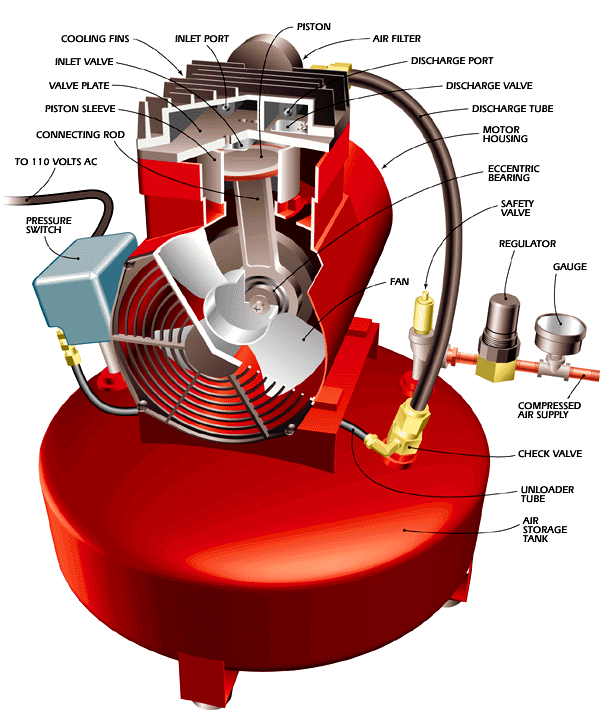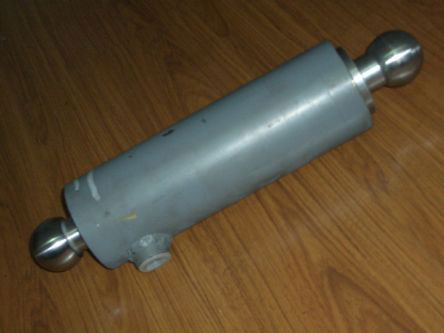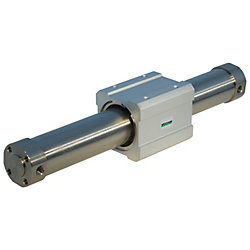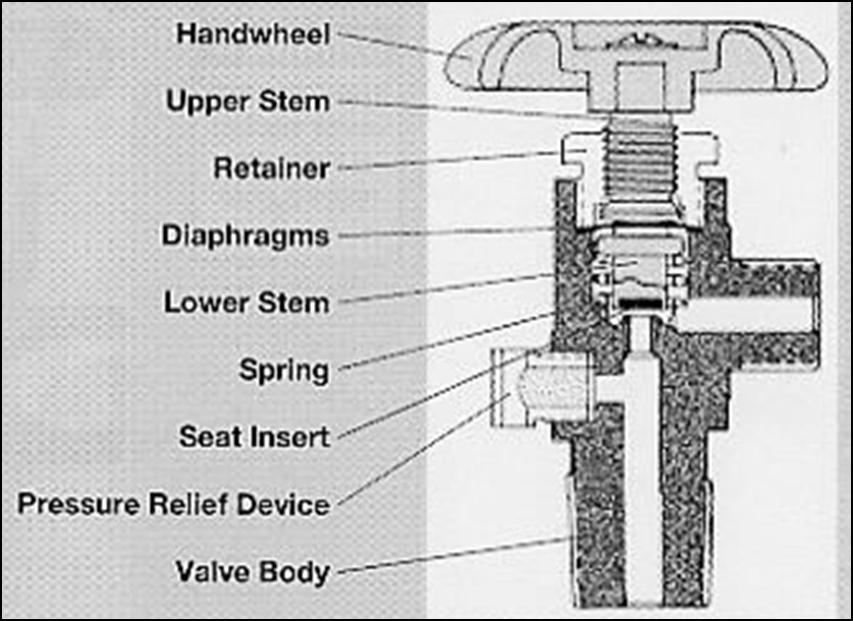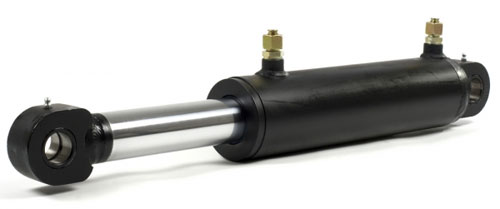A hydraulic
accumulator is a device in which potential energy is stored in the form of
a compressed gas or spring, or by a raised weight to be used to exert a force
against a relatively in compressible fluid.
They are used in fluid power systems to
accumulate energy and to smooth out pulsations. A hydraulic system utilizing an
accumulator can use a smaller fluid pump since the accumulator stores energy
from the pump during low demand periods. This energy is available for
instantaneous use, released upon demand at a rate many times greater than could
be supplied by the pump alone.
A hydraulic accumulator is a pressure storage
reservoir in which a non-compressible hydraulic
fluid is held under pressure by an external source. The external
source can be a spring, a raised weight, or a
compressed gas. An
accumulator enables a hydraulic system to cope with extremes of demand using a
less powerful pump, to respond more quickly to a temporary demand, and to
smooth out pulsations. It is a type of energy
storage device.
Accumulators can also act as surge or
pulsation absorbers, much
as an air dome is used on pulsating piston or rotary pumps. They will cushion
hydraulic hammer, reducing shocks caused by rapid operation or sudden starting
and stopping of power cylinders in a hydraulic circuit.
There are four principal types of accumulators,
the weight loaded piston type, diaphragm (or bladder) type, spring type and the
hydro pneumatic piston type. The weight loaded type was the first used but is
much larger and heavier for its capacity than modern piston and bladder types.
Both the weighted type, and mechanical spring type are very seldom used today.
The hydro-pneumatic types use a gas as a spring cushion in conjunction with a
hydraulic fluid, the gas and fluid being separated by a thin diaphragm or a
piston. Tobul accumulators, having an aluminum piston of low inertia as
standard equipment, are superior to other makes in absorbing either high or low
frequency pulsations.

